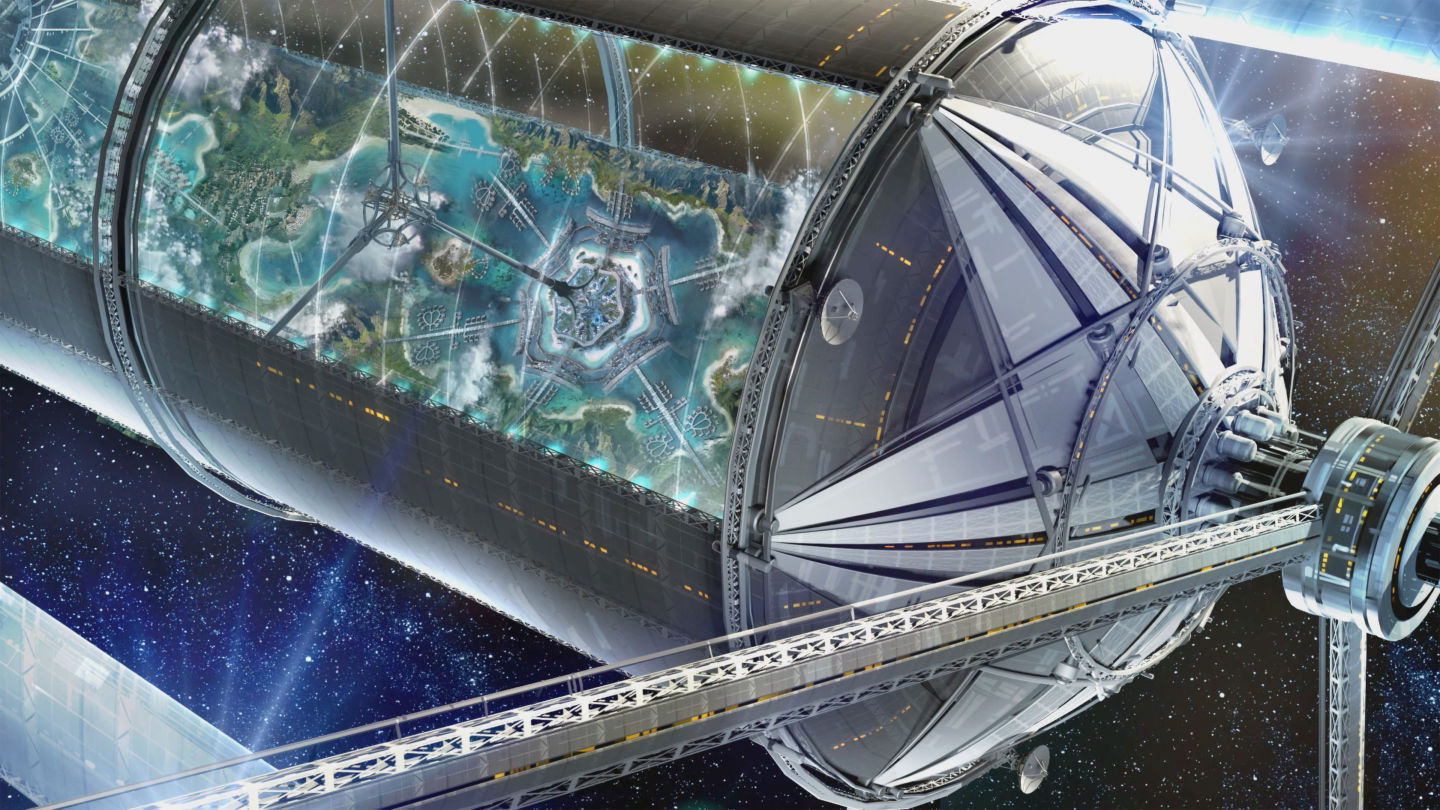In a Fast Company article, he rails against what he sees. Don't be mislead by the title of the article. What he describes is a problem that affects more than just the elderly.
Do not think that thoughtful design is just for the elderly, or the sick, or the disabled. In the field of design, this is called “inclusive design” for a reason: It helps everyone. Curb cuts were meant to help people who had trouble walking, but it helps anyone wheeling things: carts, baby carriages, suitcases. Closed captions are used in noisy bars. As Kat Holmes points out in her book Mismatch, all of us are disabled now and then. Some of us have permanent disabilities, but all of us have suffered from situational and temporary problems. When outside in the sun, the text message that just arrived is unreadable: wouldn’t it be nice if the display, whether cellphone, watch, or tablet, could switch to large, higher contrast lettering? Are elderly people handicapped? Maybe, but so is a young, athletic parent while carrying a baby on one arm and a bag of groceries in the other (and perhaps trying to open their car door). Ride-share bicycles and scooters cannot be used by people who need to carry bulky packages. Everyone has difficulty hearing people in noisy environments. Noise-canceling headphones are for everyone, not just the elderly. Almost anything that will help the elderly population will end up helping everyone.I couldn't agree with him more. I constantly find myself running up against bad design that makes my life more difficult. I've reccently unsubscribed from a couple of interesting looking email newsletters because the publishers formatted them in small, light grey type on a white background, thus making them virtually impossible for me to read. It's a small thing, but it's symptomatic of the problem that Norman discusses in the article.

